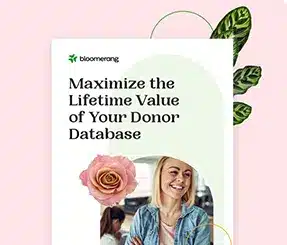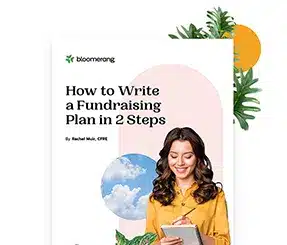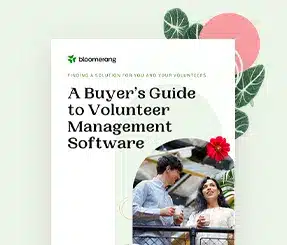Your End Of Year Fundraising Questions Answered


Full Platform Overview Chat With Us



Full Platform Overview Chat With Us




I had the pleasure recently of teaming up with my fundraising bestie and copywriting guru Julie Cooper to host an “End of Year Appeal Writing Made Easy” workshop.
We had close to 2,000 fundraising friends sign up, and we kicked things off by surveying the audience about their year-end fundraising goals (which we defined to include Giving Tuesday). The response was overwhelming and we received a ton of really great questions.
As we wrapped up the webinar we realized there’s an entire universe of fundraisers that could benefit if we shared the data and questions we received, so we’ve pulled it all together for you to share with your team. Included in this article you’ll find:
Year-end Appeal Creative (inclusive of email and direct mail):
Budget:
Fundraising goal:
Quantity of appeals:
Are you thinking what I’m thinking? I was floored. My heart was racing for everyone there. I worried:
I hope these numbers inspire you to send more appeals, set realistic goals, get help from a professional fundraising copywriter, and get training so you can make your end-of-year fundraising dreams come true (no matter how dreamy they are!).
Amongst our friends joining us for the appeal writing workshop, the most popular questions were how to craft a tangible ask but keep the money unrestricted, and if the reply envelope should have a stamp on it. Let’s dive into the questions.
Here are 3 ways to be specific while raising unrestricted funds from copywriter Jeff Brooks:
According to direct mail fundraising experts like Mal Warwick and Jeff Brooks, the rate and type of postage you use to send direct mail has little impact on response. This is true for both the outer envelope as well as the return envelope with one exception: by putting first-class stamps on the return envelope, you will increase responses to your direct mail. Even better still, put several stamps of different denominations, adding up to first-class postage.
This is an extra expense that could add 49 cents to the cost of your direct mail so consider using this for upper-end donors where the cost will be outweighed by the improvement in response. For example, using it with all frequent and active $100 and up donors.
Any appeal you write should have only ONE call to action (asking for the gift) which should be asked for at least three times. Asking people to do three different things will overwhelm them and reduce the odds they respond.
Anniversaries are like birthdays; they mean the most to the person celebrating it and less to everyone else. A matching gift could create more excitement and urgency.
Everyone’s schedule is different based on their other campaigns, emergency needs, and programs but many organizations kick off end of year fundraising with Giving Tuesday.
The reply slip is a critical part of your appeal it. Include it. If you want to test if a QR code has any lift do an A/B test.
Great question! According to Jeff Brooks, in one study what motivated 93% of art donors was supporting the art form. Only 15% gave for “outreach.” Yet 83% of the time art organizations talked about outreach in their appeal and only talked about the mainstage 17% of the time.
No! That’s organization-centric. Be donor-centric. The appeal is not about how great you are, it is about how great the donor is. Not sure if your appeal is you-centric enough? Check out the free Bloomerang Comms Audit tool!
A highly engaging, emotional, short and compelling video could do well for you. The risk with a video that isn’t highly emotionally compelling and falls flat is that viewers can feel like they already “gave” you something by spending their time watching it and may not take further action.


Comments